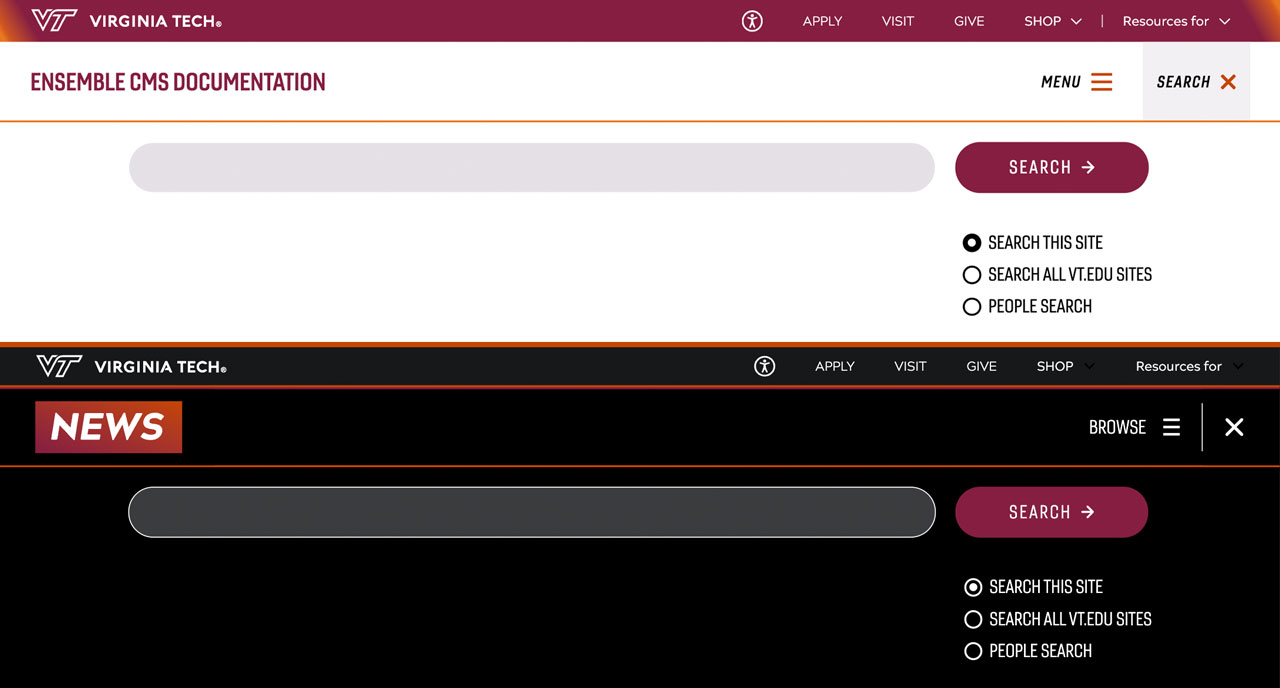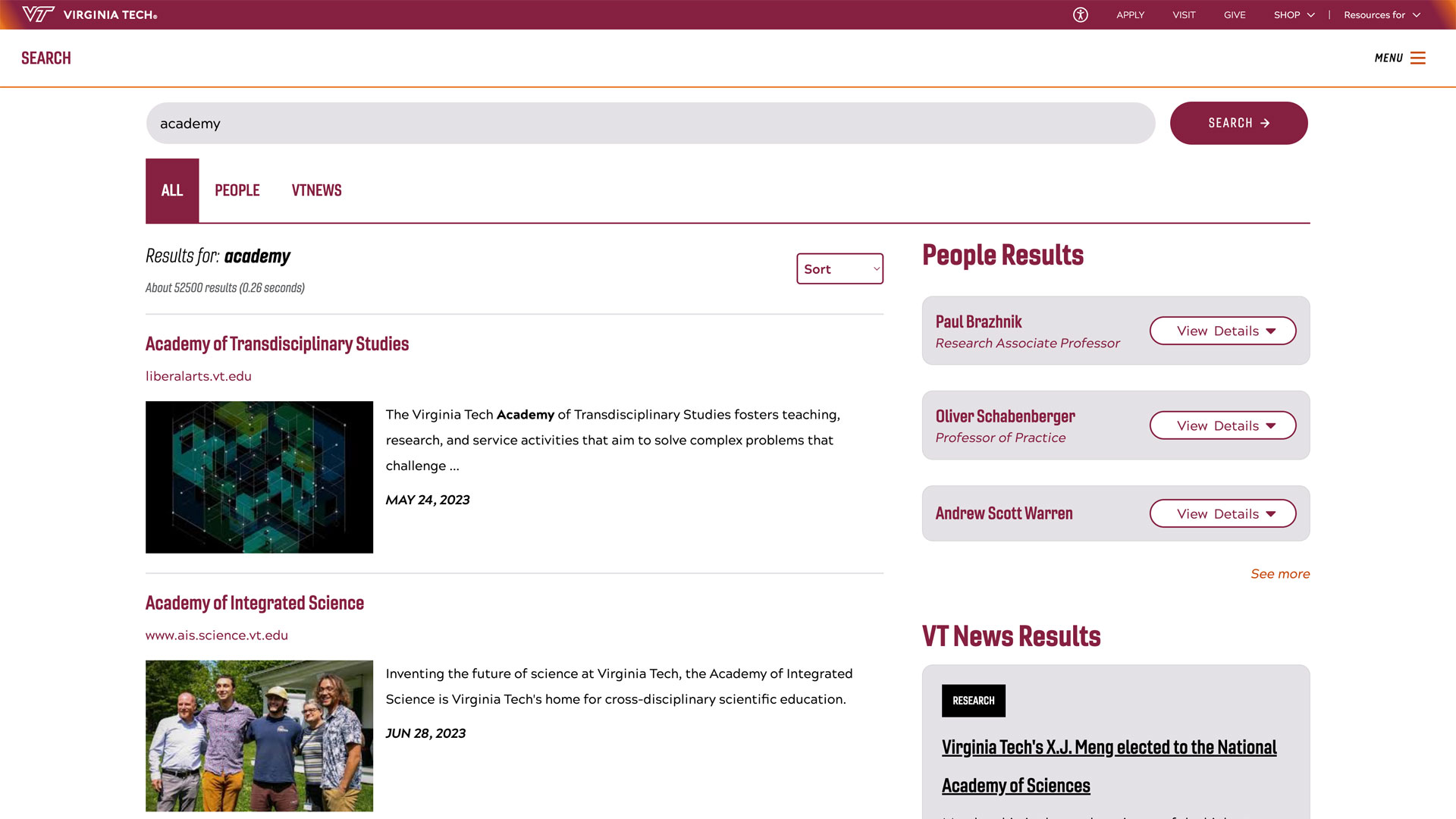At home in the forest
Mike Aust’s career at Virginia Tech impacted thousands of forestry students

How many miles of woodland were trod by Professor Mike Aust and the thousands of students he led on missions of learning into the forests?
No one has a guess, but the number would be large – as was the impact Aust had on the academic journeys of his students who found a challenging, fair, and caring teacher who knew that to teach forestry, you had to get into the forest.
Aust retired from Virginia Tech in December 2024 after 35 years working at the university and the Board of Visitors recently granted him emeritus status.
“Mike has had an exemplary career as a teacher, researcher, mentor, and colleague,” said College of Natural Resources and Environment Dean Paul Winistorfer. “His contributions to the field of forestry are far reaching and impactful. His research emphasis on forestry best management practices to enhance water quality and site productivity are well known in the forestry community.”
Aust talked about his career and his time at Virginia Tech:
What made you choose the field of forestry?
I grew up on a farm located in a hub of forestry. My great grandfather logged cypress with oxen. One of my grandfathers worked for Sumpter Lumber Co. while they were logging longleaf, and my father, who was born in the sawmill hospital, also worked for a paper mill. I had several cousins who worked for a timber company. I loved being in the woods, so it was a natural and a great fit. I am always glad that I became a Forester.
What have been your central areas of research?
Developing and refining best management practices to facilitate sustainable harvesting operations. Basically, I chased big yellow, red, and green machines through the woods to try to reduce trafficking effects on soil and water.
How has the field of forestry changed in the years you’ve been a researcher and educator?
We have seen incredible gains in computer technology, which has furthered our ability to collect and explore data. Also, the use of GPS/GIS has made our work much faster and easier.
What has stayed constant in your time here?
The basic goals have stayed the same. We still teach students to be professionals and try to solve real world problems with research. The specific classes and research questions are different today than in 1989, but the basic goals are still quite similar.
What were the campus and university like when you arrived at Virginia Tech?
The campus was much smaller with about 17,000 students. There was no email my first year and we had large staffs to just handle typing, copying, and ground mail. We had huge phone bills from calling everyone. The curriculum contained approximately 18-20 more hours than today and field labs were longer. We spent more time advising students. Getting a manuscript published could sometimes take one to two years. In many respects the tasks have become so much faster and easier to accomplish, simply due to gains in technology.
What meaning have you found in your career at Virginia Tech?
I taught several thousand students, was the primary advisor to about 50 graduate students, and published about 250 technical publications. Some of the publications have resulted in changes in management practices and I hope that my interactions with the undergraduate and graduate students prepared them to succeed as foresters and natural resource managers.
What advice would you offer to younger faculty members who are just entering their careers?
Understand the job. Get money, recruit graduate students, mentor and publish with the graduate students, then repeat. Provide students with skills and knowledge that will allow them to succeed as professionals. Try not to get bogged down with activities that do not contribute to grants, graduate students, publications, and/or teaching undergraduate students. Be fair with the students and make sure they get their money’s worth from you.
What’s next for you?
Getting away from a desk and computer screen and spending more time outside with my wife.




